This weeks Traveling Closet is definitely for preschoolers! I worked with a group of non-potty using kids. The mom of these children asked me to please come up with some fun things to do to reinforce those who were making progress and those who aren’t even started yet. So that was the topic of this weeks Traveling Closet – Learning to go on the potty!
Sorry guys, but there is just no way to make this pertinent to your older children. However, sometimes we are going to have content in our Closet that doesn’t apply to all of our children. That is why top shelves are for older kids and lower shelves are for younger kids.
I had some great books on potty training but two really caught Jacks eye. He is the one doing OK but needing reinforcement. He really wanted to read No More Diapers for Ducky! He listened to every word. He was so interested that ducky had a friend who used the potty but she didn’t yet. In another book he wanted to stay on one page for about three minutes. On this page the little girl had had an accident. He asked many questions about what happened, why it happened, what the mommy did, etc. Jodie told me later that the day before he had had many accidents. His interest was high!
The other book was called Zoo Poo. I know, I know, gross. But little kids don’t find it gross. We laughed and laughed about all the different kinds of poo you can see at the zoo. We talked about the fact that animals can poo on the ground but not people! This will gross you out too but we really liked it, we ate some zoo poo. (Cliff Bars– peanut butter work the best, very authentic!) Jack really liked asking for more poo!!!!
Maggie is five but she has cerebral palsy and she cannot walk, use her hands really efficiently or talk. So the subject of potty training has never come up with her. But now it is a big thing in the Palmer household. Jack won a prize, a super wonderful sword, for going pee in the potty. I wondered what Maggie thought about all of this. Was she feeling left out?
I had two books about girl potties. We read the first one and she had her nose practically on the page. She was fascinated with the story. After we were done reading I said, “Maggie, when your legs are strong enough to walk then you will be able to go on the potty.” Then I asked her if she would like to try sitting on it to see what it felt like. After all there was big fuss being made over Jack and his sitting on the potty. You could see her little mind working over that question. She was really pondering it. Finally she looked at me and indicated “no”. She didn’t even want to read the second girl potty book. Maggie is not ready! Interested, but not ready.
We finished our time together by making a cool train (after all we keep talking about potty train-ing) which we hung on the wall. Then Maggie and I went to the dollar store and she picked out three prizes to tape on the wall. Every time Jack goes potty he gets to move his train down the track. Every time Maggie and Mary (age 20 months) brush their teeth they get to move their trains down the track. (Train pattern)
Below I have provided some basic potty training information for all those moms facing this learning topic. Enjoy and good luck. : )
A child may be ready to be toilet trained from as young as 18 months or as old as 3 years. Every child will be different on when he or she is ready to be trained. On average, most children are ready by the age of two to two and a half years old.
Signs that indicate a child readiness for toilet training:
- Able to stay dry for a couple of hours
- Wakes up dry from sleep
- Will let you know when he or she soiled the diaper
- Can tell you when he or she wants to go to the bathroom
- Has bowel movements about the same time every day
- Able to follow simple instructions such as, “let’s go and pee”
- Knows how to pull his/her pants up and down
- Able to understand simple words
- Shows interest in the bathroom
- There are also some behavioral changes that show a readiness for toilet training:
- Your child wants to do things for himself/herself
- Imitates what you and others do
- Learns to question your actions
Potty Training Tips:
- Let the training sessions be a fun learning experience
- Do not force your child to sit on the potty. If he/she refuses, try again another time
- Don’t rush. Let your child learn at their own pace. This will reduce stress
- Give encouragement and be generous with your praises at every successful attempt
- Do not pressure or punish your child for unsuccessful situations or accidents. You will need a lot of patience.
- Encourage practice by increasing your child’s fluids intake
- Be consistent – once tots are out of diapers – they stay out of them. It’s proven that toddlers train faster if they don’t switch back and forth between diapers and training pants.
- To sustain a child’s interest, use interactive approaches, such as games, videos, songs, books, progress charts and role modeling.
- Let them pick out some books or toys to have next to the potty while they sit. Sometimes they don’t know when they need to go and this gives them time to sit for a while so they have success
- Have them pick out some fun underwear that they like
- Read books about potty training with them
- Pick a fun potty chair and Keep the potty chair out where your child will see it
- Instill a sense of potty ownership in him or her by wrapping it as a present or decorating it with stickers
- Be prepared to begin the process. Potty training takes time and energy.
- Practice putting on training pants, washing his or her hands at the bathroom sink and sitting on the potty chair before he or she starts using it.
- Use team work, make sure everyone in the child’s life is on board with a consistent potty training philosophy, encouraging your little one throughout the process (Sources of compiled information)
Potty training Games for Children
Potty I Spy – if you’re spending time with your toddler while they’re on the potty, why not have a game of I Spy? If your potty is in the bathroom, add a few objects that you can use for the game in advance. Then change them now and again to add to the fun!
Potty Training Books for Children
No More Diapers for Ducky by Bernette Ford
Zoo Poo by Richard Morgan
My Big Girl Potty by Joanna Cole
My Big Boy Potty by Joanna Cole
The Potty Book for Girls by Alyssa Satin Capucilli
The Potty Book for Boys by Alyssa Satin Capucilli
The Potty Train by David Hochman
Everyone Poops by Taro Gomi
Potty by Leslie Patricelli
A Potty For Me by Karen Katz
Where’s the Poop? by Julie Markes
Calliou: Potty Time by Joceline Sanschagrin
Possibly Related Posts:
- Inspiring Learning
- Family Philanthropy Project – How to Grow Your Family’s Heart by Jodie Palmer
- Science of making Ice cream with liquid nitrogen
- Fun activities for afterschooing and for homeschoolers
- HELP! Activities and games for small children
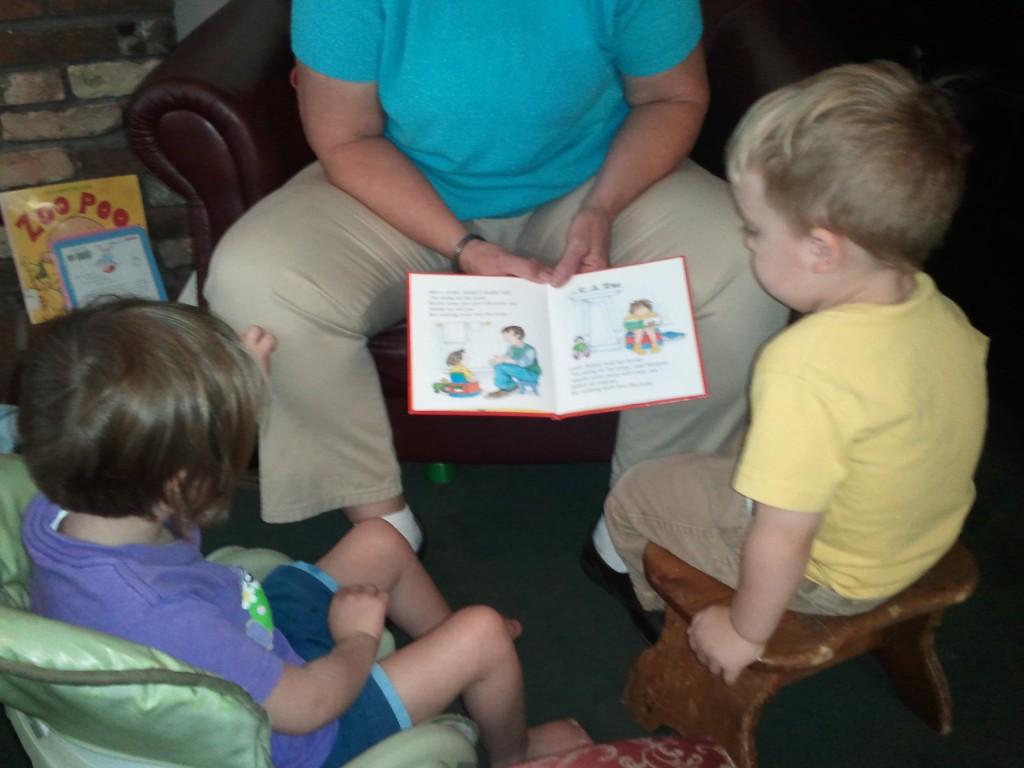
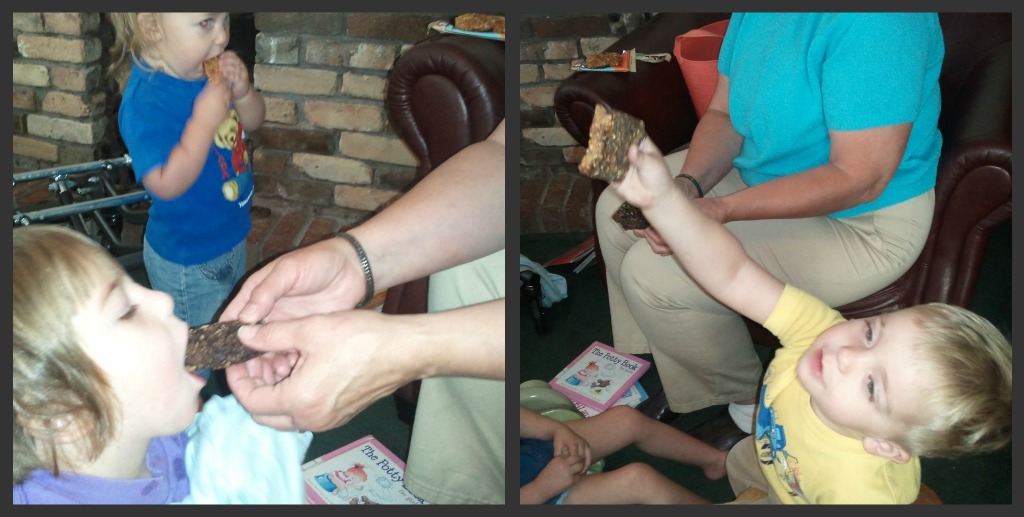
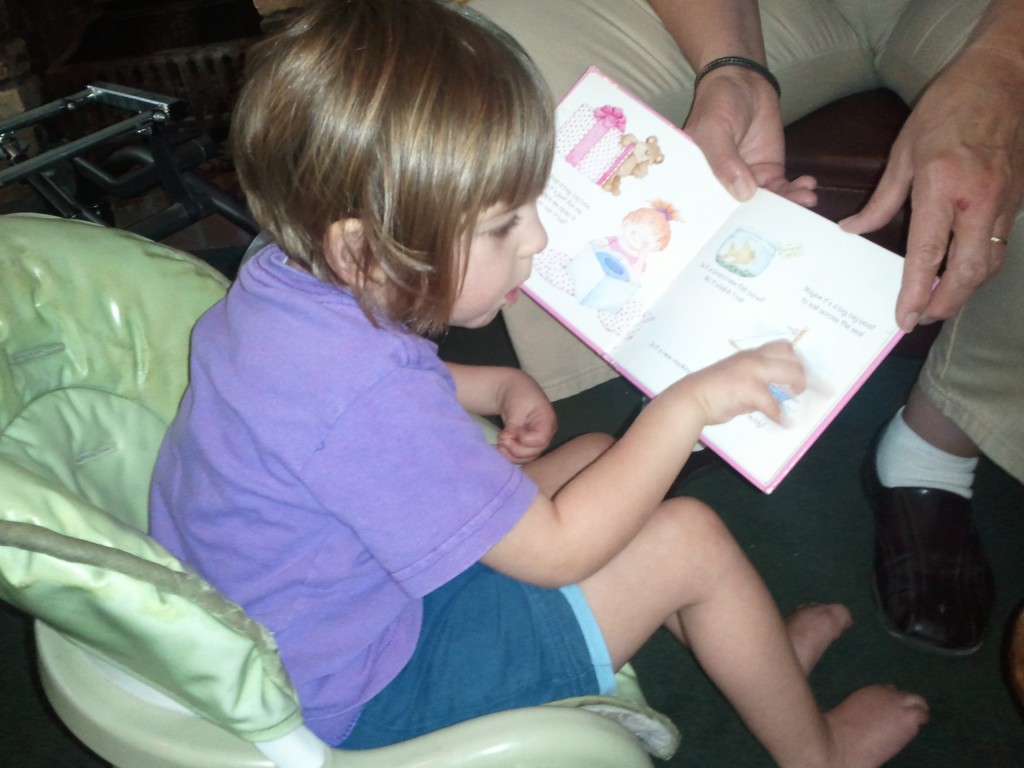
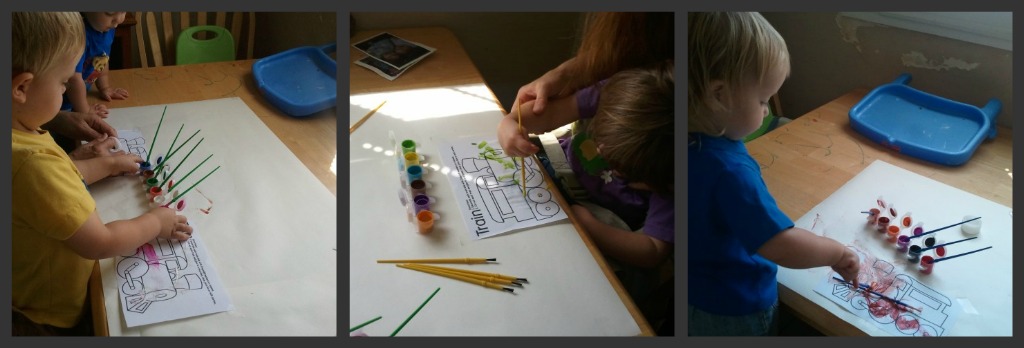

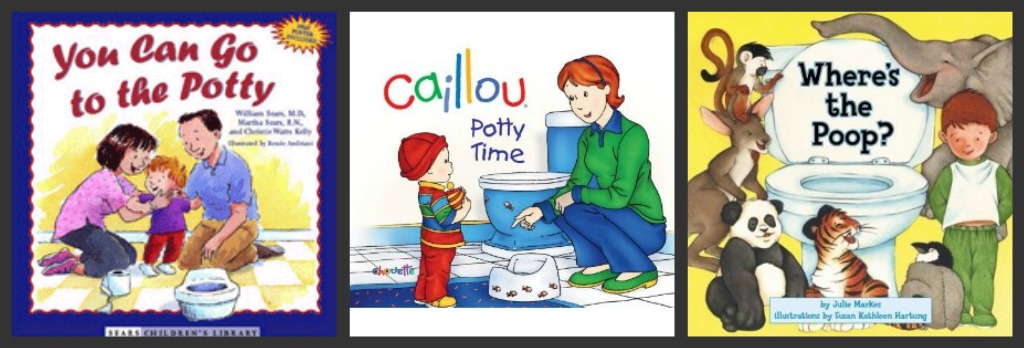



{ 1 comment… read it below or add one }
This is very useful information. Thanks! Loved the train charts!… and the idea about I Spy while going potty.